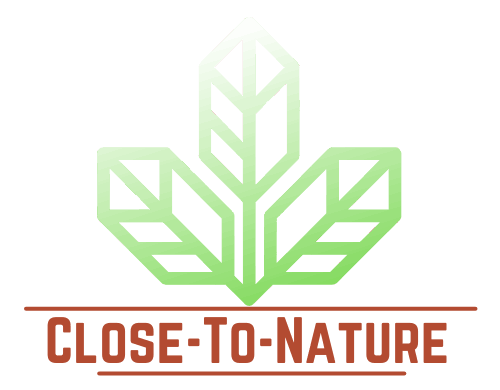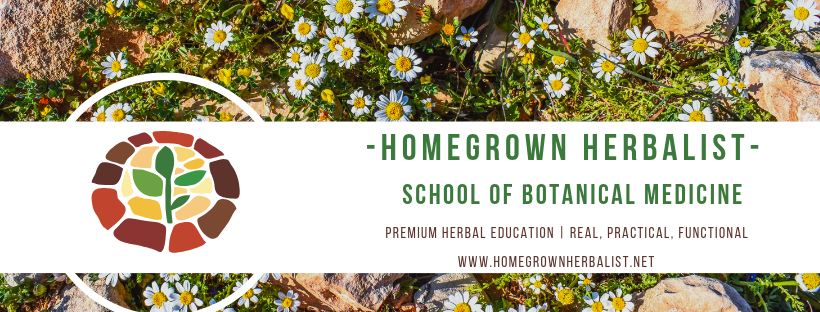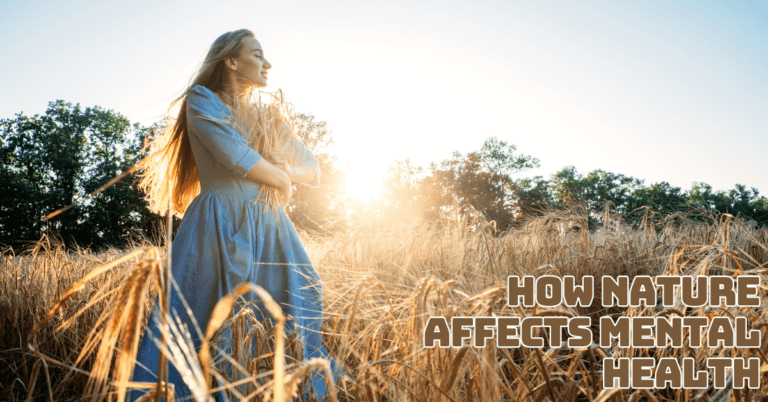Best Tips To Connect With Nature
Best Tips To Connect With Nature
It's simple to feel cut off from nature in today's fast-paced, technologically advanced world. However, re-establishing a connection with nature can positively affect our physical, mental, and emotional health.
Spending time in nature has been shown to reduce stress, improve mood, stimulate creativity, and build a sense of peace and harmony.
There are many ways to be in touch with nature and enjoy its benefits, whether in a busy city or a quiet rural location.
In this article, we'll look at some of the greatest advice and tactics for embracing nature, integrating it into our daily lives, and developing a greater appreciation for the wonders and beauties of the natural world.

Importance Of Connecting With Nature
Connecting with nature is essential for physical, mental, and emotional well-being. In today's fast-paced and technologically driven world, it is easy to become disconnected from the natural world, leading to feelings of stress, anxiety, and burnout.
Spending time outdoors and immersing ourselves in nature can profoundly benefit our health.
Studies have shown that being in nature can reduce cortisol levels and stress hormones and promote a sense of calm and relaxation.
Furthermore, it enhances heart health and lowers blood pressure. Nature can slow us down and allow us to be present at the moment, which can be incredibly beneficial for our mental health.
Connecting with nature can also enhance our cognitive function and creativity. Nature has been shown to improve focus, concentration, and problem-solving skills.
Taking a break in a natural setting can help refresh our minds and increase productivity.
Moreover, being in nature can spark creativity and inspiration, allowing us to see things from a new perspective and think more creatively.
Nature also provides opportunities for physical activity and exercise. Whether hiking, biking through the woods, or simply walking in the park, being in nature encourages movement and promotes a more active lifestyle.
Regular physical activity in the heart is good for our physical health and improves our mood and overall well-being.
Connecting with nature fosters a sense of awe and appreciation for the world around us. It reminds us of the beauty and diversity of the natural world and the importance of preserving and protecting it for future generations.
A desire to live more sustainably and an increased sense of environmental responsibility can result from developing a closer relationship with nature.
A sense of harmony with the natural world can be fostered, and our overall quality of life can be improved by connecting with nature.
It enables us to escape the stress of contemporary life, revitalize, and find comfort in the beauty and peace of the soul.
Best Tips To Connect With Nature
In the modern era of constant digital distractions and urban living, the call of the wild and the yearning for nature's embrace grow stronger.
Amidst the concrete jungles and artificial lights, there lies a deep-rooted desire to reconnect with the earth's natural rhythms and the whispers of the wind.
Embracing nature is not merely a leisurely pastime but a profound journey of self-discovery and awakening.
It is a chance to rediscover our ancient ties to the land to rekindle the forgotten bond between humanity and the natural world. The finest advice for getting you to start spending time in nature is provided below:

1. Spend Time Outdoors
Spending time outdoors is a fundamental and transformative step in connecting with nature.
Amid our bustling lives, dedicating moments amidst the greenery, the open sky, and the soothing sounds of wildlife can work wonders for our mental and emotional well-being.
Nature offers a tranquil refuge, a place to unplug from the screens and digital distractions that permeate our existence.
Whether it's a stroll in a nearby park, a challenging hike up a rugged trail, or simply finding a serene spot to sit and observe the world around you, immersing yourself in nature allows for a profound sense of grounding and presence.
The fresh air invigorates our senses, and the sights and sounds of the natural world can evoke a deep sense of wonder and awe.
This connection with nature can provide a much-needed break from daily stresses and routines, offering a chance to recharge, reflect, and gain perspective.
As you venture into the great outdoors, you might find yourself more attuned to the subtle nuances of the changing seasons, the gentle rustling of leaves, or the mesmerizing dance of sunlight filtering through the trees.
This heightened awareness fosters a deep appreciation for the beauty and complexity of the natural world, reminding us of our interconnectedness with all living beings.
Whether it's a brief escape or an extended nature retreat, spending time outdoors is essential in cultivating a profound bond with nature and nurturing your soul's connection to the earth.

2. Practice Mindfulness
Practicing mindfulness in nature is a powerful way to deepen your connection with the natural world and enhance your overall well-being.
Mindfulness involves being fully present at the moment, without judgment or distraction. When you are in nature, take the time to engage your senses and immerse yourself in the beauty of your surroundings.
Notice the vibrant colours of the flowers, the intricate patterns of the leaves, and the gentle rustling of the wind through the trees. Listen to the songs of the birds and the soothing sounds of flowing water.
Feel the texture of the earth beneath your feet and the sun's warmth on your skin. Smell the fragrant flowers and the earthy scent of the forest.
Focusing on the present moment and being open to the experience can heighten your awareness and appreciation of the natural world.
Mindful nature walks can be especially beneficial, allowing you to slow down, let go of distractions, and simply be with nature.
As you practice mindfulness in nature, you may find that your stress and worries fade away, replaced by a sense of peace and tranquillity.
Practicing mindfulness in nature can also foster a deeper sense of interconnectedness with the world around you, recognizing that you are part of life's vast and intricate web.
Embracing this mindful connection with nature can be a source of inspiration, joy, and profound inner peace.
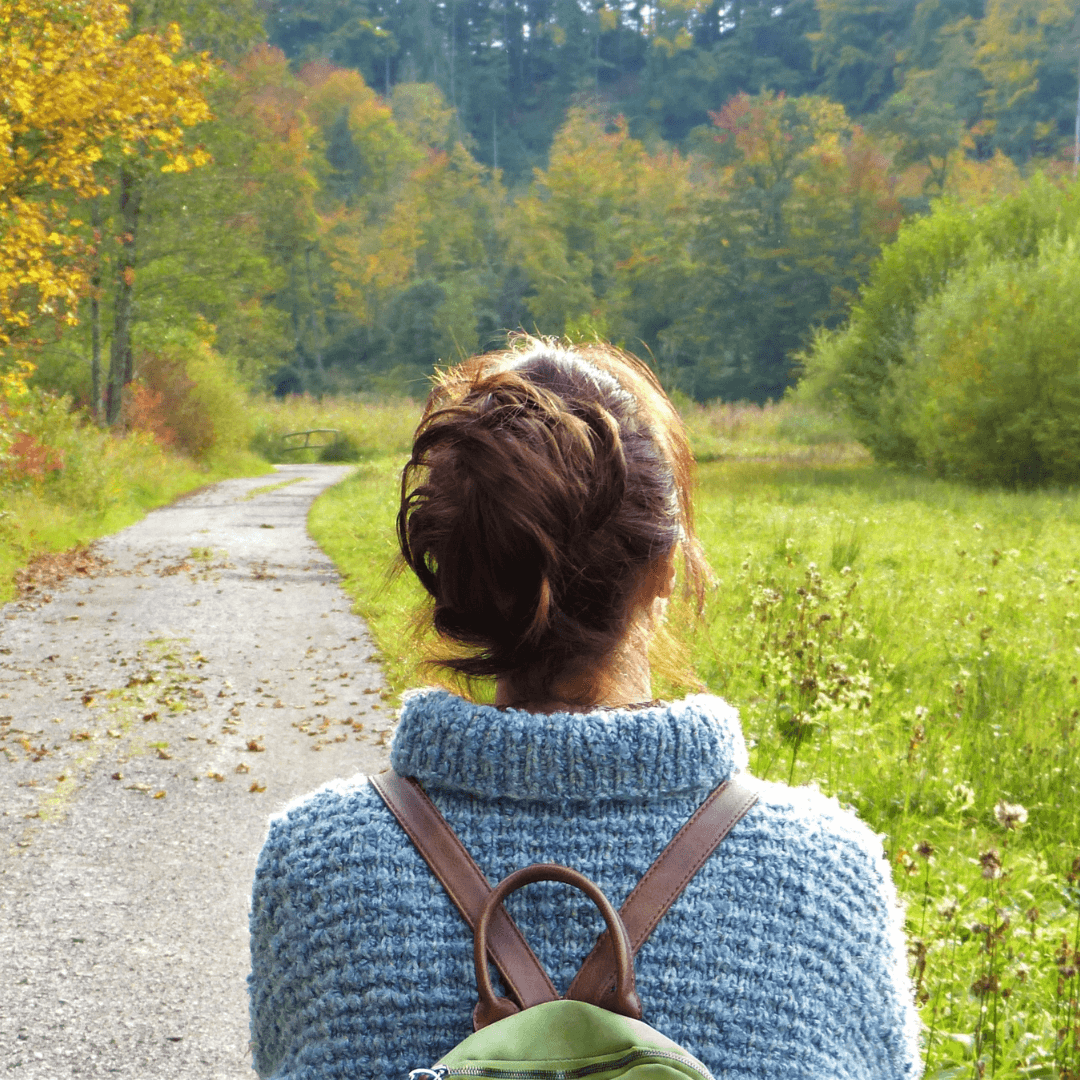
3. Go On Nature Retreats
Going on nature retreats or camping trips is an excellent way to immerse yourself fully in the natural world and experience its transformative power.
By venturing into more remote and secluded areas, you can escape the noise and distractions of urban life, allowing yourself to unwind and connect with nature on a deeper level.
Nature retreats offer a chance to disconnect from technology and modern conveniences, allowing you to be present and mindful of your surroundings.
Spending extended periods in nature allows you to observe the natural world's shifting rhythms, from the sun's rising and setting to the moon's cycles.
This is true whether you camp in the mountains, on the beach, or in a tranquil forest. This immersive experience can lead to a greater appreciation for the beauty and intricacy of the environment, fostering a sense of awe and wonder.
During nature retreats, you can engage in activities like hiking, stargazing, and birdwatching or simply sit quietly and meditate in nature's embrace.
These moments of connection with the wilderness can be profoundly rejuvenating, allowing you to recharge your mind, body, and spirit.
Whether you embark on a solo adventure or retreat with like-minded individuals, the time spent in nature can be a transformative and soul-nourishing experience that leaves you feeling refreshed, inspired, and deeply connected to the natural world.
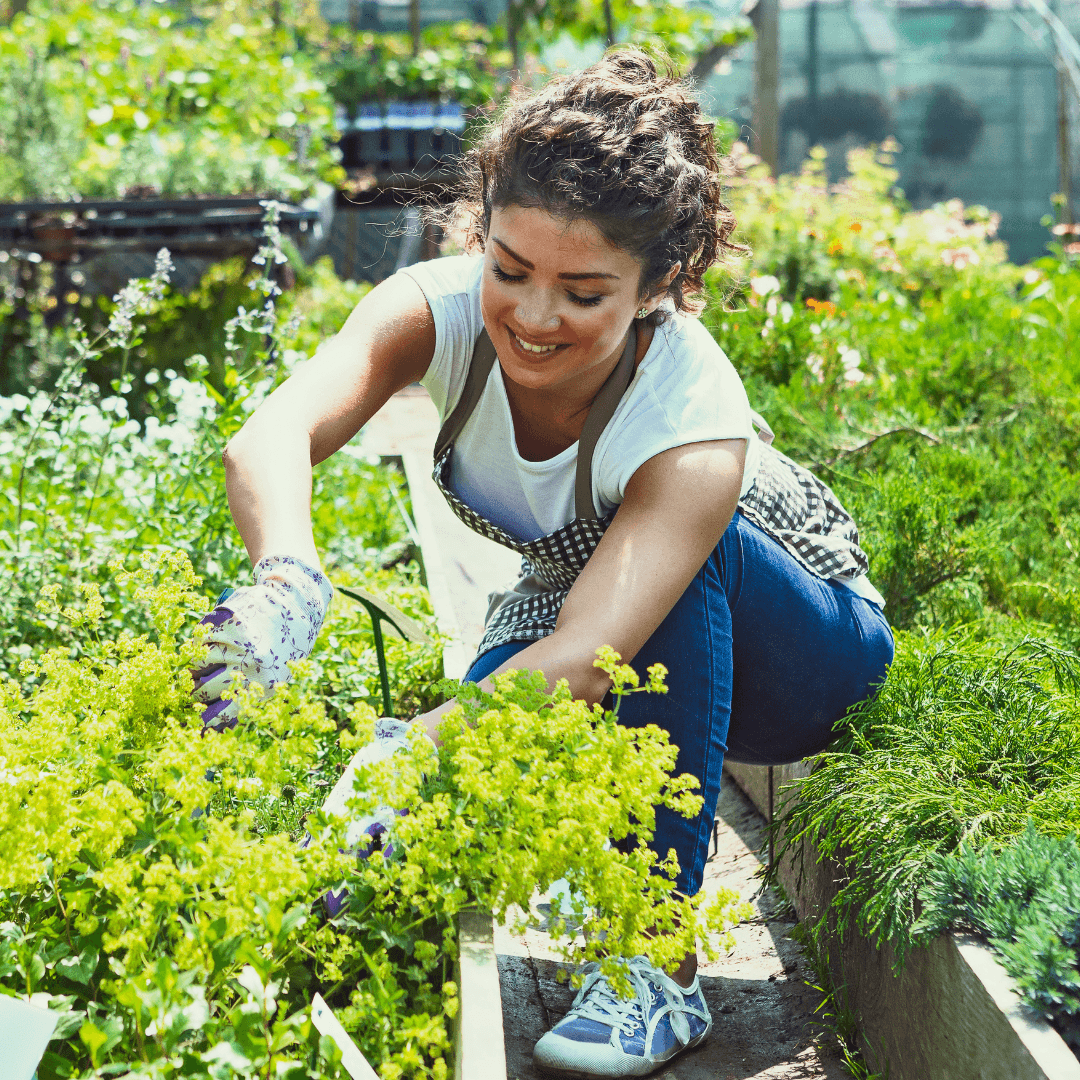
4. Gardening
Gardening is a fantastic way to connect with nature and experience the joy of nurturing living organisms.
Whether you have a spacious backyard or just a small balcony, creating a garden can be a fulfilling and rewarding experience.
As you plant seeds or young saplings and care for them as they grow, you become intimately connected to the natural cycles of life.
Gardening allows you to observe the growth miracle and witness the plant kingdom's beauty up close.
Tending to the soil, watering the plants, and providing them with sunlight fosters a sense of responsibility and care for the living world around you.
Moreover, gardening can be a form of mindfulness as you focus on the task and let go of other distractions. Gardening can be meditative and calming, allowing you to clear your mind and find peace in the present moment.
Additionally, gardening enables you to become more attuned to the seasons and the changing rhythms of nature.
You may notice the first signs of spring, the vibrant colours of summer blooms, or the falling leaves of autumn, fostering a deeper connection with the natural world.
Gardening promotes biodiversity and can attract beneficial insects, birds, and other wildlife to your outdoor space.
It creates a mini-ecosystem where various forms of life coexist harmoniously. Whether you grow flowers, herbs, vegetables, or a combination, gardening connects you to the earth and fosters a sense of harmony with the environment.
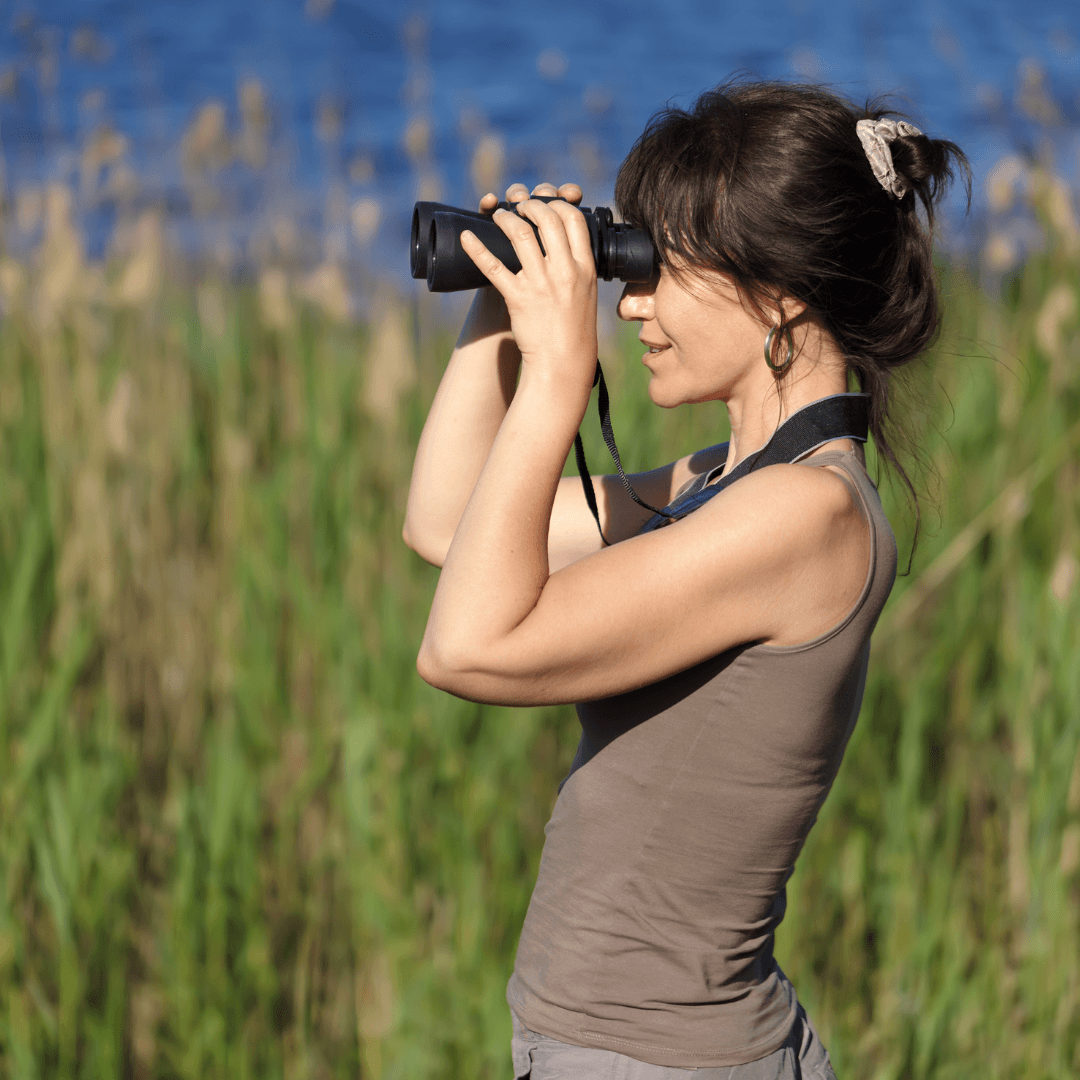
5. Wildlife Observation
Wildlife observation is a delightful way to connect with nature and better understand the surrounding biodiversity.
Birdwatching, in particular, offers a tranquil and immersive experience, allowing you to observe avian species in their natural habitats.
All you need is a pair of binoculars, a field guide, and a keen eye to embark on this fascinating journey.
As you patiently scan the skies and treetops, you'll be amazed at the incredible variety of birds that call your area home.
You may spot colourful songbirds darting among branches, majestic raptors soaring high above, or graceful waterfowl gliding on ponds and lakes.
The beauty of birdwatching lies in the unexpected encounters and the thrill of identifying new species.
Each bird has unique characteristics, behaviours, and calls, and by observing them closely, you'll become more attuned to their lives.
Birdwatching can be a form of meditation as you tune out distractions and immerse yourself in the present moment, focusing solely on the natural world.
In addition, it fosters a greater understanding of the value of maintaining these amazing creatures' homes and the delicate balance of sensitive ecosystems.
Beyond birds, wildlife observation can encompass observing mammals, insects, reptiles, and other fauna in their native environments.
By becoming an observer of wildlife, you develop a sense of wonder and respect for the interconnectedness of all living beings on our planet.
Remember to approach wildlife carefully and respectfully, keeping a safe distance and allowing them to continue their daily routines undisturbed.

6. Practice Ecotherapy
Engaging in ecotherapy can be a transformative experience that nurtures mental and emotional well-being through a profound connection with nature.
This therapeutic approach recognizes the healing power of the natural world and encourages individuals to immerse themselves in outdoor settings to gain emotional insights and inner peace.
Ecotherapy programs may vary widely, ranging from guided nature walks and wilderness therapy to gardening and horticultural therapy.
Participating in these activities can cultivate a deeper sense of mindfulness, grounding, and self-awareness. Ecotherapy can benefit those facing stress, anxiety, depression, or other mental health challenges.
Spending time in nature has been scientifically proven to reduce cortisol levels (the stress hormone) and improve mood.
You can find peace and balance amidst life's problems by immersing yourself in nature's tranquil sights, sounds, and scents.
Additionally, ecotherapy fosters a sense of interconnectedness with the natural world, helping individuals recognize their place within the broader ecosystem and instilling a desire to protect and preserve the environment.
Whether practicing mindfulness under the shade of a tree, tending to a garden, or participating in group ecotherapy sessions, immersing yourself in nature can promote a sense of renewal, perspective, and emotional resilience.
Ecotherapy can be a powerful tool to complement traditional therapy methods, providing a holistic approach to emotional healing and self-discovery.

7. Disconnect From Technology
Disconnecting from technology while in nature is essential to fully immerse yourself in the natural world and reap the numerous benefits of being outdoors.
It can be tempting to check messages, scroll through social media, or take photos, but these activities can detract from the present moment and hinder your connection with nature.
Instead, consciously leave your phone and electronic devices behind or put them on silent mode.
Doing so will free you from constant notifications and interruptions, allowing you to be more mindful of your surroundings.
Take this opportunity to engage your senses and be fully present with nature's sights, sounds, and smells.
Listen to the rustling of leaves, birds chirping, and the gentle flow of a nearby stream. Observe the intricate details of plants, flowers, and wildlife without the need to capture them on camera.
Disconnecting from technology enables one to be in tune with one's surroundings and experience the therapeutic effects of nature without distractions.
Embracing this digital detox in nature can reduce stress levels and improve focus and a deeper sense of tranquillity.
Moreover, it fosters a greater appreciation for the beauty and wonders of the natural world, helping you cultivate a stronger connection with nature and yourself.

8. Mindful Breathing
Mindful breathing while in nature can be a powerful and rejuvenating practice that enhances your connection with the environment and promotes calm and inner peace.
As you take deep, conscious breaths, you allow nature's pure and fresh air to fill your lungs, revitalizing your body and mind.
Mindful breathing helps you become more present at the moment as you focus solely on each inhale and exhale sensation.
Pay attention to the subtle movements of your chest and abdomen, the coolness of the air as you breathe in, and the warmth as you breathe out.
This simple yet profound practice can anchor you in the present and help you release any worries or distractions.
As you breathe mindfully in nature, you may also become more aware of the natural rhythm and cycles of the world around you, such as the swaying of trees, the rustling of leaves, or the gentle flow of water.
A profound appreciation for the beauty and interdependence of all living things can be fostered by mindful breathing, which can heighten your senses and improve your connection with the natural world.
Moreover, this practice can reduce stress, anxiety, and tension, leaving you feeling more centred, revitalized, and attuned to the wonders of nature.
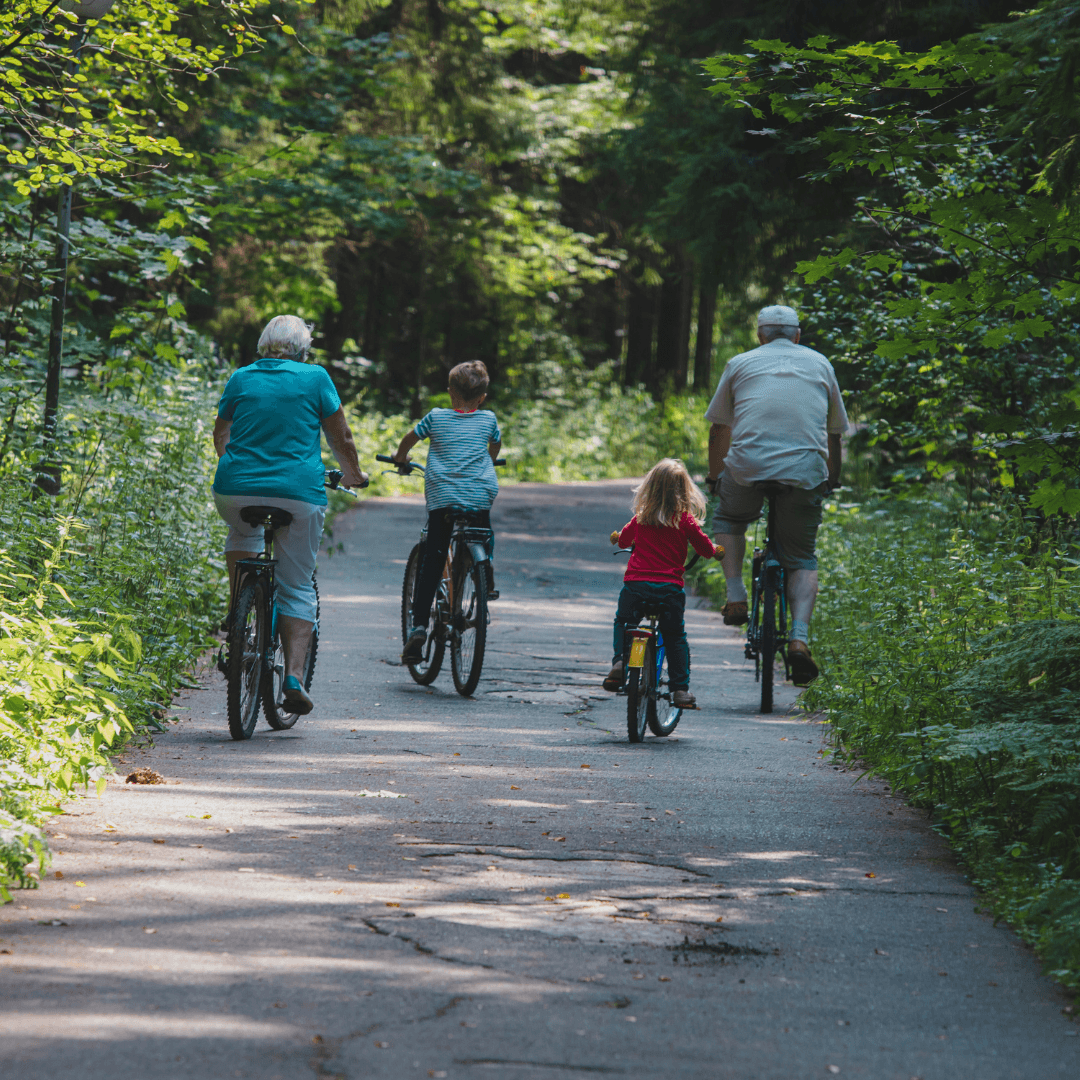
9. Engage In Nature-Based Activities
Engaging in nature-based activities can be a delightful way to deepen your connection with the natural world while enjoying moments of thrill and joy.
Kayaking in serene waters or along winding rivers allows you to immerse yourself in the tranquillity of nature, surrounded by the gentle sounds of flowing water and the company of wildlife.
Cycling through scenic trails or in vast landscapes lets you feel the breeze on your face as you marvel at the beauty of the outdoors.
Stargazing under a clear night sky unveils a breathtaking celestial display, filling you with awe and wonder at the vastness of the universe.
Picnicking amidst lush greenery or near picturesque landscapes creates a perfect opportunity to savour delicious food while basking in the peaceful ambiance of nature.
These activities provide a sense of adventure and an opportunity to unplug from the hustle of daily life, allowing you to engage with the natural world fully.
Embracing these experiences with an open heart and a curious mind can lead to a deeper appreciation for the beauty and wonders surrounding us, leaving you with cherished memories and a profound connection to nature's majesty.
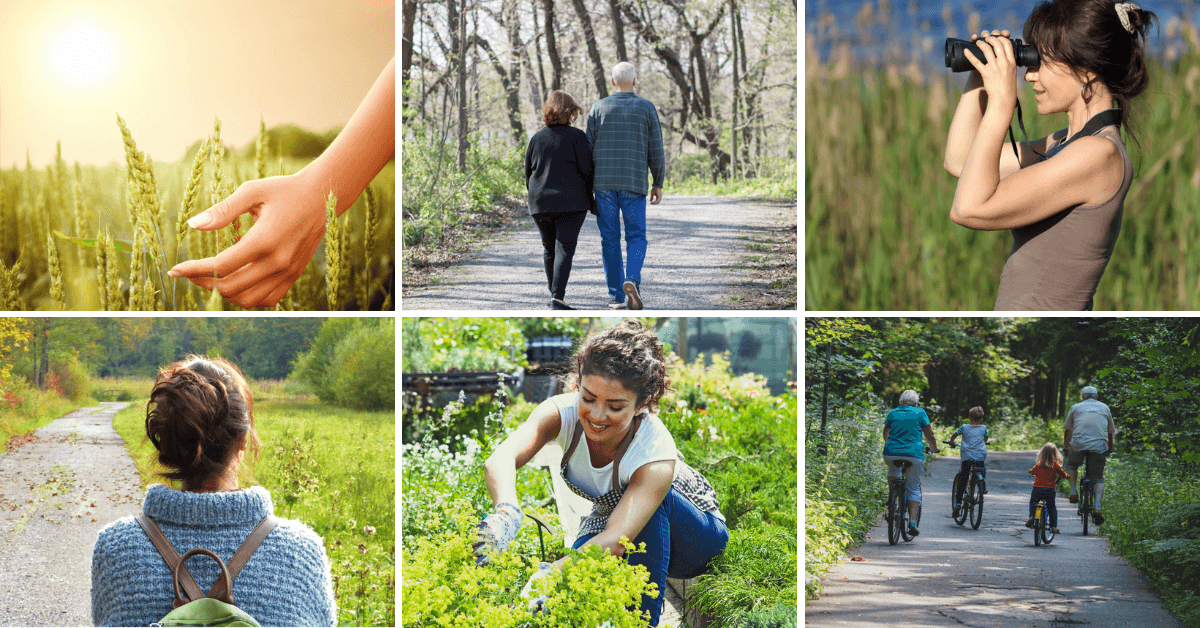
Conclusion
In conclusion, connecting with nature is not just a leisure activity; it is a vital aspect of our overall well-being and a means to foster a harmonious relationship with the environment.
Embracing the beauty and wonders of the natural world can have numerous physical, mental, and emotional benefits, from reducing stress and anxiety to promoting a sense of awe and gratitude.
The more we immerse ourselves in nature, the more we become aware of our interconnectedness with all living beings and our responsibility to protect and preserve the environment for future generations.
So go outside, breathe in the clean air, listen to the sounds of nature, and allow nature to inspire and energize your body, mind, and spirit.
Let nature serve as your haven, a source of joy, and a constant reminder of the beauty and wonder around you. By getting in touch with nature, you will develop a stronger connection with yourself and the world around you.
I trust you enjoyed this article on the Best Tips To Connect With Nature. Please stay tuned for more blog posts soon. Take care!
JeannetteZ
>>>Please click here to read my all-inclusive article about A Comprehensive Guide To Healing Naturally<<<
>>>Are you interested in Natural Healing Through Herbs? Please click here for my #1 Recommendation<<<
Your Opinion Is Important To Me
Do you have thoughts, ideas, or questions? I would love to hear from you. Please leave me your questions, experiences, and remarks about this article on the Best Tips To Connect With Nature in the comments section below. You can also reach me by email at Jeannette@Close-To-Nature.org.
Disclosure
This post may contain affiliate links. I earn from qualifying purchases as an Amazon Associate and other affiliate programs. Please read my full affiliate disclosure.
You might also enjoy these blog posts:
How To Improve Your Marriage With Meditation
How To Grow Nasturtium Flowers In Containers
Steps To Grow Coral Bells In Containers
Best Decorating Ideas For LED Lights In Your Room
